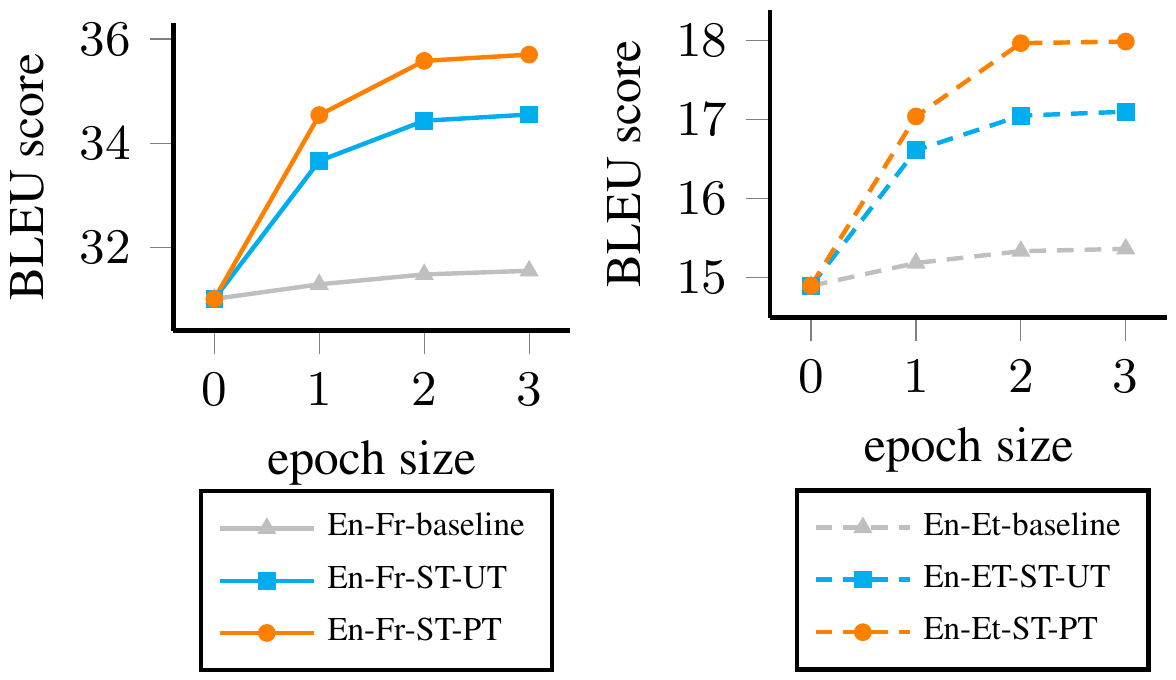|
Predictive modeling has emerged as a game-changing technology that harnesses the potential of data to make accurate predictions and drive informed decision-making. With advancements in machine learning and artificial intelligence, organizations are now able to unlock valuable insights hidden within vast amounts of data. At its core, predictive modeling is a statistical technique that leverages historical data to forecast future outcomes. By analyzing patterns, relationships, and correlations between variables, predictive models can make reliable predictions about unknown events or behaviors. This predictive power enables businesses across various industries to optimize their operations, mitigate risks, and seize opportunities. One significant application of predictive modeling is in finance and investment. By analyzing historical market data, financial institutions can build models that predict stock prices, asset values, and market trends. These models help investors make informed decisions, manage risks, and maximize returns on investments. In the healthcare sector, predictive modeling plays a crucial role in disease prevention and management. By analyzing patient data, such as medical records, genetic information, and lifestyle factors, predictive models can identify individuals at high risk of developing certain conditions. Healthcare providers can then intervene with personalized interventions, leading to early detection, timely treatment, and improved patient outcomes. Another area where predictive modeling shines is in customer relationship management (CRM). By analyzing customer data, including past purchases, browsing behavior, and demographic information, businesses can anticipate customer needs, preferences, and likelihood of churn. This allows companies to tailor marketing campaigns, personalize recommendations, and enhance customer experiences, ultimately increasing customer satisfaction and retention. Moreover, predictive modeling finds applications in supply chain optimization, fraud detection, demand forecasting, energy management, and many other domains. It empowers organizations to make data-driven decisions, improving efficiency, reducing costs, and gaining a competitive edge in the market. However, building effective predictive models requires careful consideration of several key steps. These include data collection, preprocessing, feature selection, model training, validation, and deployment. Additionally, the choice of algorithms, feature engineering techniques, and evaluation metrics significantly impact the accuracy and performance of predictive models. Furthermore, ethical considerations are paramount when deploying predictive modeling in sensitive areas such as criminal justice or lending. Bias in data or algorithms can lead to unfair outcomes and perpetuate existing disparities. It is crucial to ensure transparency, fairness, and accountability in the design and implementation of predictive models. In conclusion, predictive modeling stands at the forefront of technological advancements, revolutionizing how organizations leverage data to gain insights and make informed decisions. By harnessing the power of machine learning and statistical techniques, businesses can unlock hidden patterns, anticipate future events, and optimize their operations across various industries. However, it is imperative to approach predictive modeling with a responsible and ethical mindset, ensuring fairness, transparency, and accountability in its application.  |
